The Power of Compaction: Why Road Roller Is a Must-Have
Why road rollers are popular
Have you ever wondered why road rollers are commonly used in construction projects? There are several other equipment types that can perform the same function as road rollers. However, building professionals have for several years prioritized road rollers for various reasons. Efficient compaction is the main reason for such popularity. Apart from ensuring the right degree of compaction is achieved, road rollers can deliver a larger volume of work within a short time.
Background information on road rollers and their purpose
Modern-day road rollers are a result on immense study and technological developments in the construction industry. Initially, road rollers were small moderate weight drums pulled on top of construction materials by humans. The growing need for compaction led to development of animal-pulled road rollers. During the industrialization and metal era, the need for vast construction projects resulted in the development of engine powered road rollers. Engine powered road rollers delivered more efficient compaction when used over large areas and for long hours. Further development led to development of vibratory road rollers which offered far much better compaction due to the vibrations.
Thesis statement
Road rollers are essential in construction due to their ability to compact and stabilize the ground, ensuring durable and smooth roads.
Contents
Compaction Process
A. Explanation of the compaction process in construction
The compaction process using a road roller is simple. After pre-operation checks the roller’s engine is started. This provides power that pushes the roller drum over material under compaction. The number of passes during the compaction process depends on the material type, roller type, and the required degree of compaction. Vibratory rollers over more compaction effect; thus, fewer passes are needed. During compaction, the operator ensures overlapping passes to avoid skipping certain areas of the material.
B. Importance of compaction for road durability
Compaction plays a crucial role in ensuring road durability. Proper compaction increases the density and stability of the road material, reducing the presence of air voids and improving load-bearing capacity. It enhances the road’s resistance to moisture infiltration, prevents settling and deformation, and minimizes the formation of cracks and potholes. Effective compaction also improves the overall smoothness and uniformity of the road surface, enhancing driving comfort, safety, and extending the road’s lifespan.
C. Role of road rollers in the compaction process
- Types of road rollers and their specific functions
- Static Rollers
Static rollers, also known as smooth drum rollers, have a single steel drum at the front or rear. They rely on their weight to apply static pressure and compact the material. Static rollers are primarily used for compacting granular materials like gravel, sand, and crushed stone. They create a smooth and level surface, making them suitable for road base and sub-base compaction.
- Vibratory Rollers
Vibratory rollers, also called vibratory compactors, have a drum equipped with circular pads or feet that create vibrations. These rollers use both static and dynamic forces to achieve compaction. The vibrations help break down and rearrange the soil particles, improving compaction efficiency. Vibratory rollers are effective for compacting both granular materials and cohesive soils.
- Examples of road roller designs
- Smooth Rollers
Smooth rollers have a single steel drum at the front or rear. They apply static pressure and rely on their weight to compact the material. These rollers are used for compacting granular materials like gravel, crushed stone, and sand. Their smooth drum provides excellent compaction and surface finish, making them suitable for creating a smooth and level base for asphalt or concrete layers.
- Padded Rollers
Padded rollers, also known as padfoot rollers, have a drum equipped with circular pads or feet. These pads increase the pressure exerted on material my minimizing contact area at an instant. Padded rollers are effective for compacting cohesive soils and clayey materials. The irregular pad patterns make padded rollers unsuitable for jobs that require a smooth finish.
- Pneumatic Rollers
Pneumatic rollers have multiple rubber tires instead of a steel drum. These tires can be inflated or deflated to adjust the compaction pressure. Pneumatic rollers are commonly used for asphalt compaction. They provide a kneading action that achieves uniform compaction, particularly in thin asphalt layers and seal coats. The tires’ flexibility helps avoid surface damage and ensures even compaction across irregular surfaces.
- Benefits of using road rollers for compaction
Using road rollers for compaction offers several benefits. Firstly, it improves the overall stability and load-bearing capacity of the surface, enhancing its durability. Secondly, compaction helps reduce the presence of air voids, preventing settlement and minimizing the formation of cracks and potholes. Additionally, road rollers ensure a smoother and more uniform surface, improving driving comfort and safety. Proper compaction also enhances water drainage and prevents water damage, prolonging the lifespan of the road or pavement.
Ground Stabilization
A. Definition and significance of ground stabilization
Ground stabilization refers to the process of strengthening and improving the stability of soil or ground conditions. It involves various techniques such as soil stabilization, grouting, and geosynthetics to enhance the load-bearing capacity, reduce settlement, and prevent erosion. Ground stabilization is significant as it provides a solid foundation for construction projects, ensures the safety of structures, minimizes soil movement, and mitigates the risk of ground failure or instability.
B. Problems caused by unstable grounds during construction
Unstable grounds during construction can lead to several problems. Firstly, it can result in uneven settling of the foundation, leading to structural issues such as cracks in walls or floors. Secondly, unstable grounds can cause slope failures, landslides, or sinkholes, posing a risk to both workers and structures. Additionally, it may result in poor drainage, leading to water accumulation and potential damage. Unstable grounds also make it challenging to achieve proper compaction, affecting the stability and durability of the constructed infrastructure.
C. How road rollers contribute to ground stabilization
- Application of pressure to strengthen and consolidate the ground
The weight and rolling action of the road roller help strengthen and consolidate the soil. The pressure exerted by the roller compresses the soil particles, reducing air voids and increasing the soil’s density and stability, thereby improving ground conditions for construction purposes.
- Prevention of future settling, cracking and pavement damage
Compact packing of soil particles minimizes movement in between them. Minimal movement of particles prevent settling of base and subbase layers of pavements when subjected to traffic loads. Settling leads to cracking of pavement surfaces due to uneven pressure distribution.
Achieving Smooth Roads
A. Importance of smooth road surfaces for safety and driving comfort
Smooth surfaces are crucial for driving safety and comfort. They provide better traction and handling, reducing the risk of skidding and accidents. Additionally, a smooth surface offers a comfortable ride by minimizing vibrations, jolts, and discomfort to both the vehicle occupants and the suspension system, resulting in a smoother and more enjoyable driving experience.
B. Challenges in achieving smoothness during road construction
Achieving smoothness during road construction presents several challenges. Uneven subgrade, improper compaction, and variations in material quality can lead to irregularities in the surface. Inadequate control of the paving and compaction equipment can result in waves, bumps, or depressions. Environmental factors such as temperature and moisture also affect smoothness. Addressing these challenges requires proper planning, quality control, skilled operators, and adherence to construction specifications.
C. Role of road rollers in achieving smooth road surfaces
- Even distribution of compaction forces to eliminate irregularities
Smooth road rollers are essential in smoothening road surfaces. The consistent drum surface and weight distribution ensures compaction forces are equally distributed throughout the compaction surface. Overlapping passes ensure no area is left uncompacted.
- Compaction of different layers to endure uniformity and smoothness
In road construction, compaction is done on the base and subbase layers as well as the surface. Compaction of each layer ensures a uniform thickness of the subsequent layer throughout the pavement stretch.
Enhancing Road Quality
A. Discussion on the quality standards for roads
Quality standards and requirements for roads typically include specifications related to materials, construction methods, and performance. These may encompass factors like pavement thickness, compaction levels, material composition, smoothness criteria, skid resistance, and load-bearing capacity. The standards often define tolerances for various parameters and may require testing and inspection throughout the construction process. Compliance with quality standards ensures that roads are constructed to meet safety, durability, and performance expectations for the intended traffic volume and type of roadway.
B. How road rollers contribute to enhancing road quality
- Improvement of load bearing capacity
Road rollers eliminate air voids and closely pack material particles together. This increases the material density making it stronger.
- Reduction of permeability and water seepage
Moisture in materials increases movement and pressure between particles. Compaction eliminates air voids and water pockets reducing permeability. As a result, the subbase and base layers remain free of moisture for durability.
- Minimization of rutting, potholes and pavement deformation
Pavements are subjected to long hours sunshine. In high temperatures, pavement layers expand and contract in cool temperatures. Air and moisture left in the pavement material during construction expands faster that the pavement material. This phenomenon leads to rutting and cracking, and deformation of pavements. Road rollers are essential in eliminating the air and water pockets.
Conclusions
Road rollers play a critical role in road construction. They ensure even distribution of material for a smooth and safe driving surface. Additionally, using road rollers guarantees a longer lifespan for the pavement as rutting, cracking, and pavement deformation are eliminated.
In ground stabilization, road rollers ensure the soil particles are closely and tightly packed increasing the soil density. Denser soils provide more strength and stability against loads both in roads and structures construction.
Road rollers will continue to be a vital part of the construction industry. As compaction demands change, road rollers will be modified to adapt to various conditions to deliver the desired results.

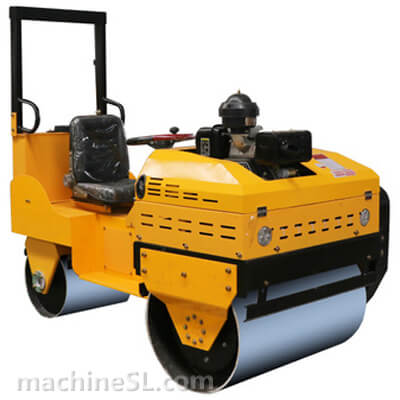
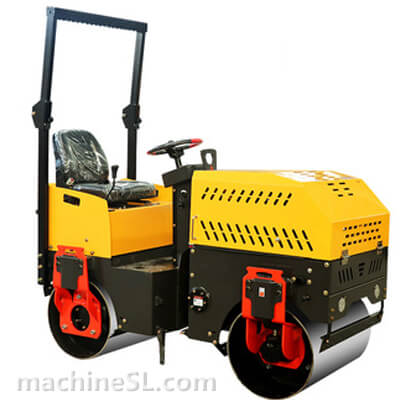
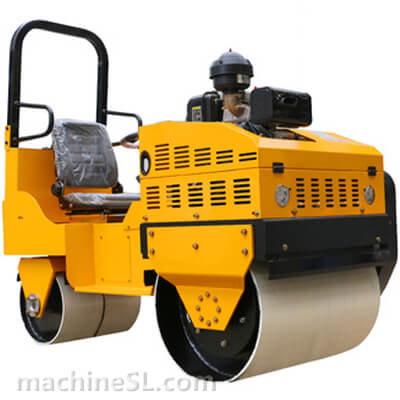
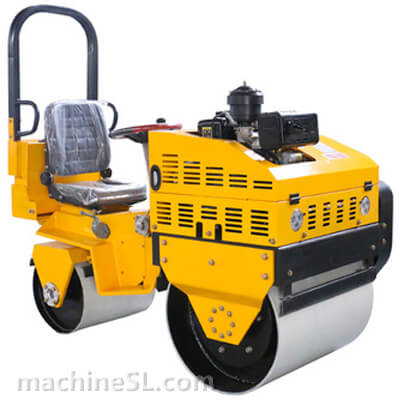
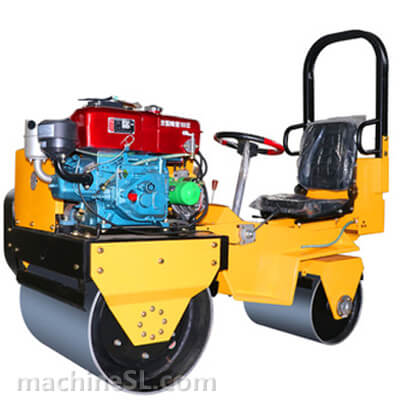
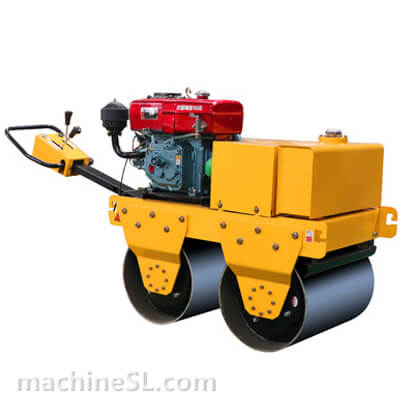
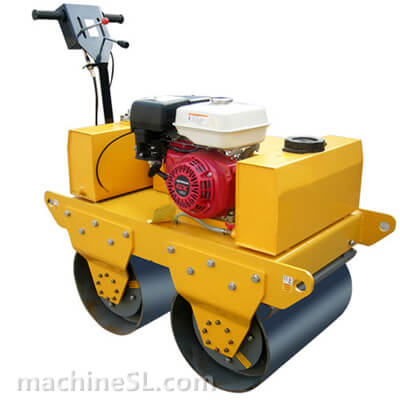
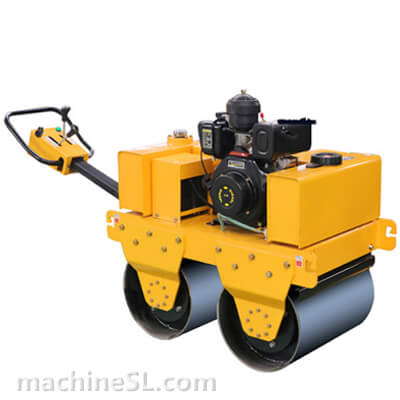
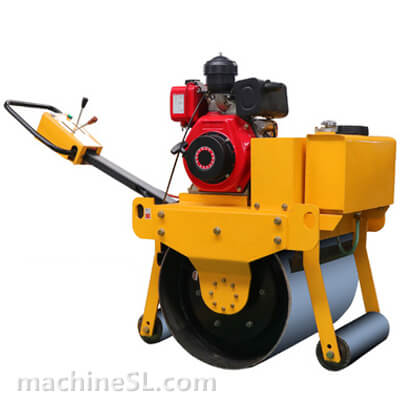
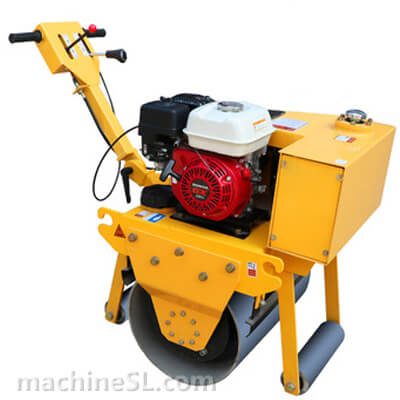
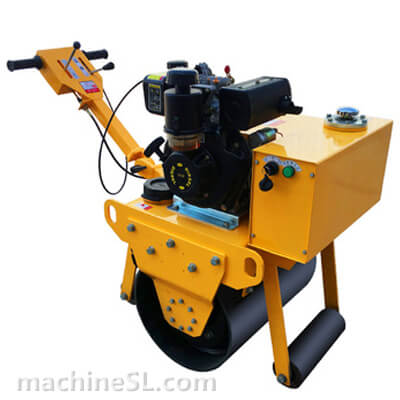
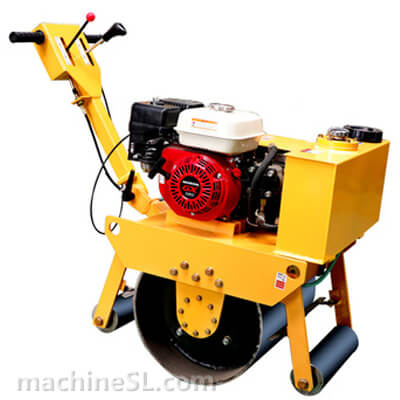
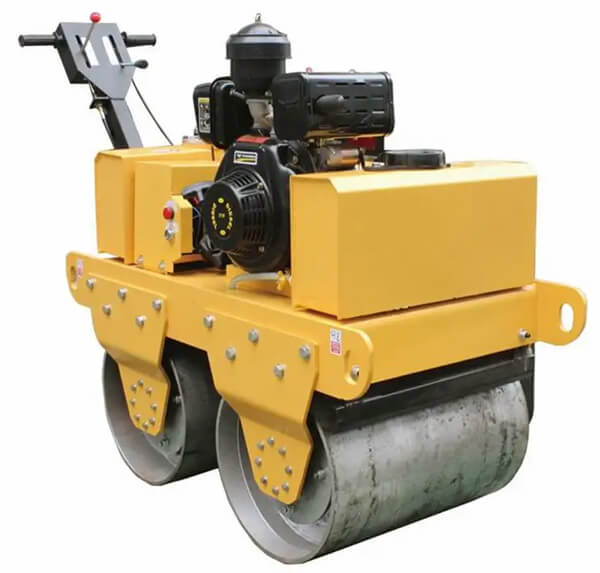
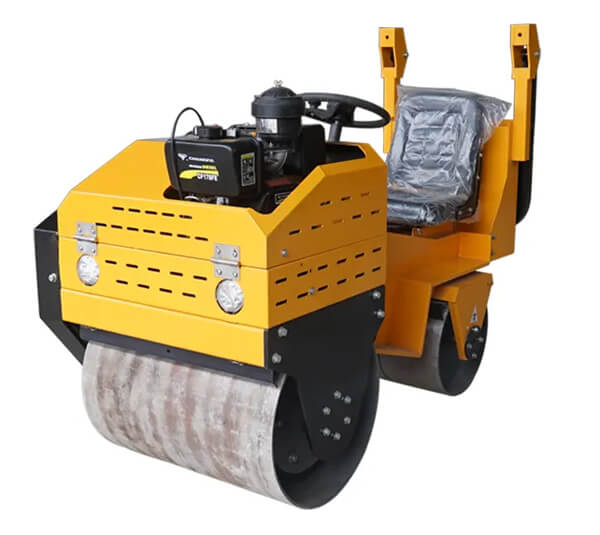
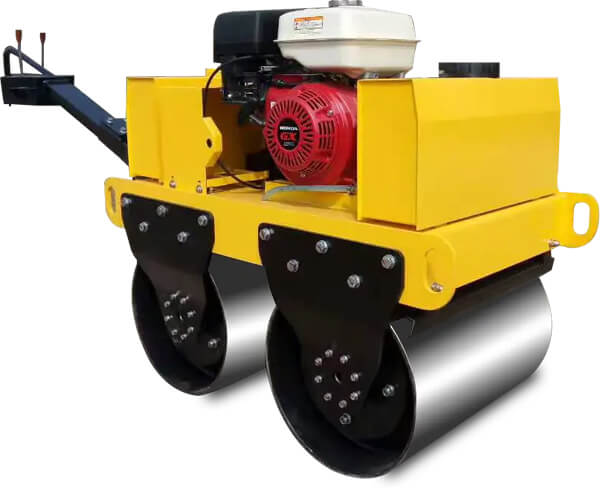
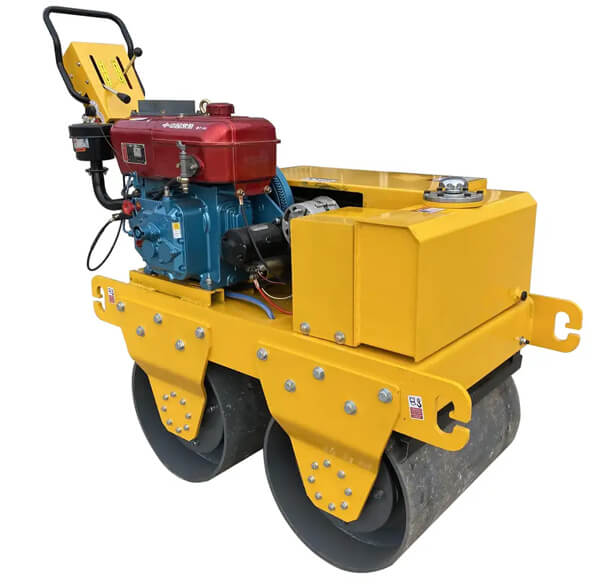


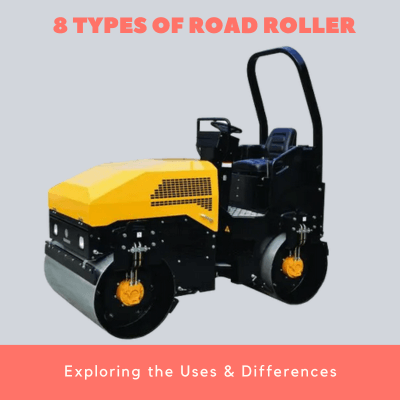


Leave A Comment